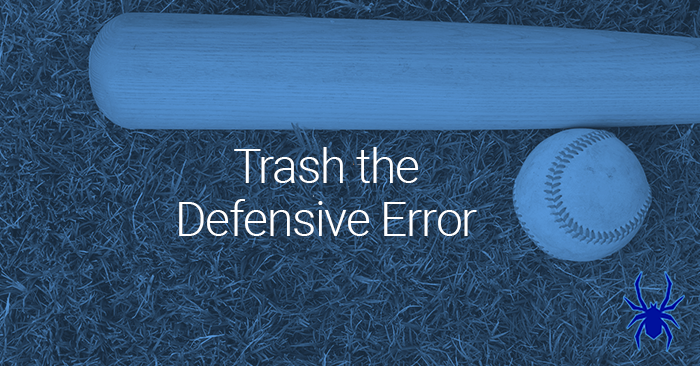It takes most coaches years to fully understand and appreciate of limiting your coaching during games. It’s a philosophy. Here’s a roadmap…
When the Little Guys Play Big
It can be especially difficult for smaller players (especially 12-15) who haven’t grown as quickly as their peers. This message is for them.
So You Wanna Be a Dad Coach?
If you’re thinking about becoming a Dad Coach (or Mom Coach), make sure you know what you’re getting into. Answer these questions first…
Don’t Use Errors to Measure Defensive Performance
It sounds crazy, but you don’t need to score errors to measure defensive performance. It’s a garbage metric. Do this instead…
Questions to Ask a Coach Before Joining a New Team
Leaving a known situation and joining a new team is a big move. To make an informed decision, ask the coach these specific questions…
- « Previous Page
- 1
- 2
- 3
- 4
- …
- 21
- Next Page »




